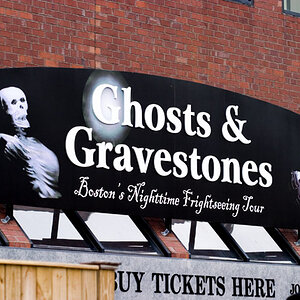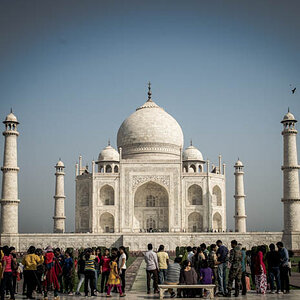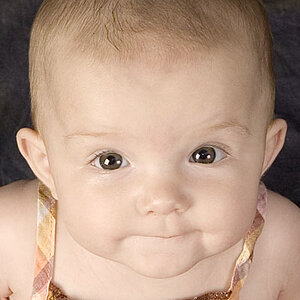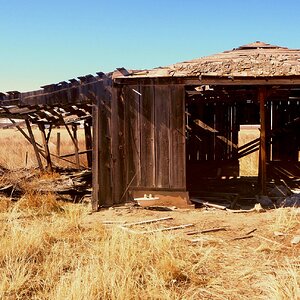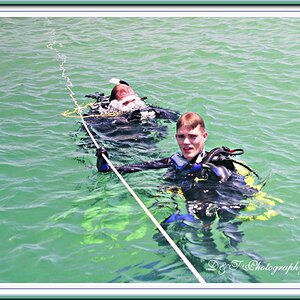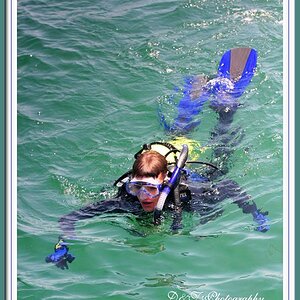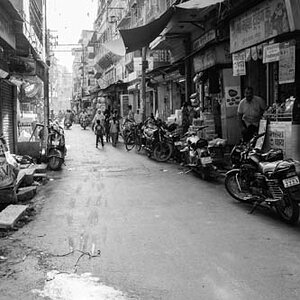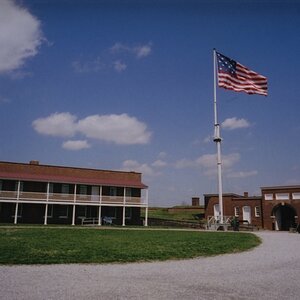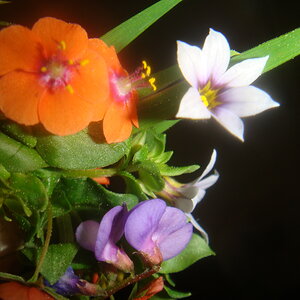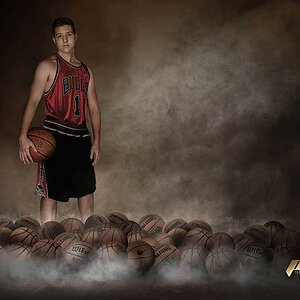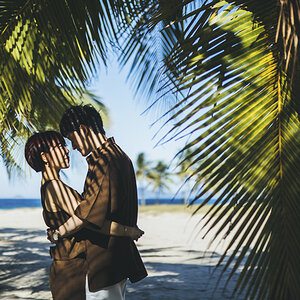Dao
No longer a newbie, moving up!
That is what my initial thinking. The light source need to be diffused some how.
Pros:
- It is small enough to put inside the camera bag.
- It is flexible (light source can be move around)
- It use build-in camera flash. No need to buy a external flash (save money)
Cons:
- Since it use the build-in flash, so it drain the camera battery. Personally, I prefer using a external flash.
- Light source is too small, therefore light is too harsh and may create hot spots in the photo especially for macro shots.
Pros:
- It is small enough to put inside the camera bag.
- It is flexible (light source can be move around)
- It use build-in camera flash. No need to buy a external flash (save money)
Cons:
- Since it use the build-in flash, so it drain the camera battery. Personally, I prefer using a external flash.
- Light source is too small, therefore light is too harsh and may create hot spots in the photo especially for macro shots.


